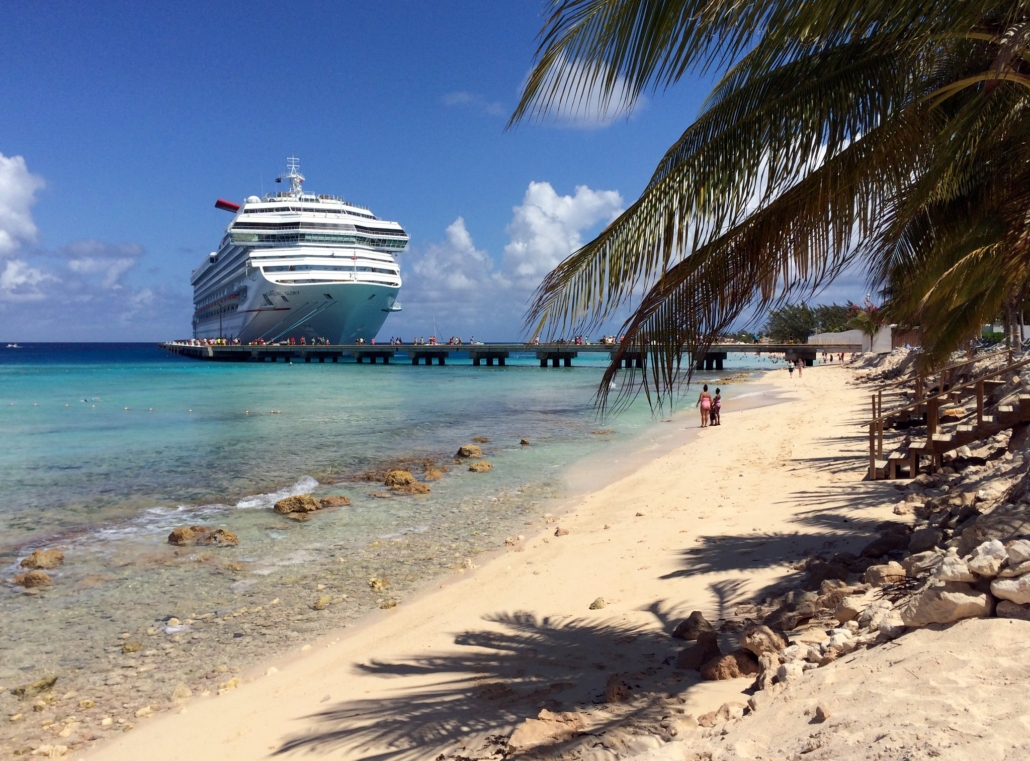Turks and Caicos’ Economy: Affecting the Majority

The Turks and Caicos’ economy is seemingly the jewel of the Caribbean. The islands counted 405,000 tourists in 2021, which is quite low for overall numbers. However, compared to their population the islands ranked 2nd in the world for the number of tourists per resident — a staggering 8.9. With such a profitable industry driving the territory, the outlook for the residents should appear incredibly promising. This is not the case.
About 22% of the population is living under the $1.90 per day global poverty line. Around 60% of households aren’t able to consistently pay for essential items such as food and bills. Unemployment is at just under 10%, with the rural population influencing a large amount of the rate. Here is why it is one of the most sought-after destinations suffering so much from inequality.
An Over-Reliance on Tourism
The success of the tourism industry almost entirely drives Turks and Caicos’ economy. While, for the majority of the territory’s existence, this has been profitable, the COVID-19 pandemic highlighted how structurally dependent the Islands are.
In 2018, Turks and Caicos gained $787 million from visitors on vacation. Despite having a population of only 45,000, this number was 2% of the revenue for the entirety of the Caribbean. It also made up nearly 70% of Turks and Caicos’ GDP for the year.
The COVID-19 pandemic completely halted the progress Turks and Caicos made to become one of the most desirable tourist spots in the world. Around 2 million tourists dropped to only 370,000 in just one year. This global event exposed the glaring holes in the economy of the Islands.
Only $7.8 million worth of exports were transferred in 2021. The main categories for exports are mollusks, crustaceans, polyacetals and processed tobacco — none of which even generated $1 million alone. Imports totaled $286 million; petroleum, vehicles and meat are some of the biggest and most expensive imports.
Turks and Caicos’ Economy is incredibly fragile and over-reliant on one specific industry and with the incredibly high risk of natural disasters in the region, an over-reliance on a sector that requires perfect weather and facilities is a precarious situation to be in.
The People Affected
The citizens of the Turks and Caicos Islands, also known as Belongers, have experienced a population boom over the last two decades, partly due to increased migration from neighboring Haiti. Of these migrants, around 50% live in poverty or at high risk of lowering below the line.
Many of these Haitians live on Providenciales Island, the third largest of the archipelago. The overpopulation of that island has caused a lack of work opportunities and poor living conditions including housing infrastructure and access to health care.
An occupation that usually generates a large percentage of jobs is farming. However, due to the lack of arable land across all of the islands, less than 100 people work in agriculture — only 15 of whom are full-time workers. Due to the low income generated by all of the exported goods, there are not any jobs there either to allow financially vulnerable people to train for.
As mentioned previously, natural hazards are a serious issue on the islands, and not only for monetary reasons. More than 20% of the population was affected by the hurricane season in 2008, exactly not what people suffering from poverty need.
Children are one of the most affected groups on the islands, with both Belongers and migrants facing similar issues. Children from all age groups often drop out of school to try and support their families with short-term work to supply some extra money to afford necessities, leading to a lack of basic education and employable skills.
Solutions
The main attempt to aid the thousands of people living in poverty is the development of new sectors across the islands. Turks and Caicos’ economy may lack diversity now, but there is an opportunity for technology to flourish on the islands. The government has created plans to improve technological infrastructure to draw in business in addition to already appealing low tax rates.
One main goal is to install a second fiber-optic cable across the territory to increase the capacity of the network and give remote workers a reliable connectivity service to not only invite business but to essentially create luxury resorts that a worker never has to leave, generating even more growth to the tourism industry.
These plans are in the National Physical Development Plan (NPDP), published in 2020. Other plans from this document include using hydroponic technology to increase farming capacity across North Caicos and utilizing the Blue Economy to produce more effective fishing practices, create even more desirable leisure activities and invest in biotechnology from seaweed.
Turks and Caicos’ economy is a relatively small and unstable one. However, the population of the territory allows for minor changes to make large impacts. Further development into new, exciting industries will generate foreign investment, with the poorest on the islands only succeeding with greater opportunities and improved living conditions.
If everything goes as planned and tourism stays a constant driver of GDP, the most vulnerable living on the beautiful archipelago will have the greatest prospect of hope out of almost any island in the world.
– Oliver Rayner
Photo: Flickr
